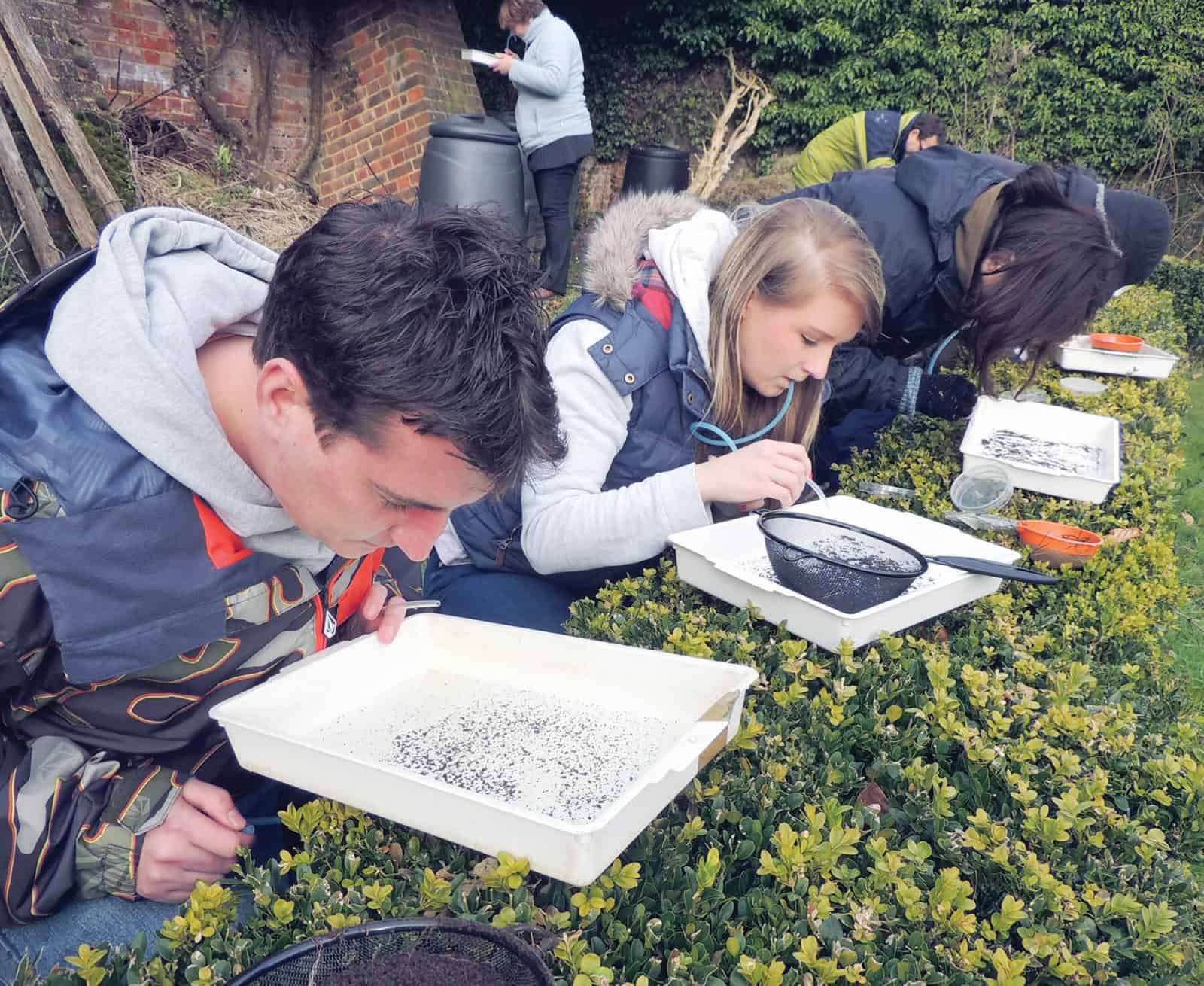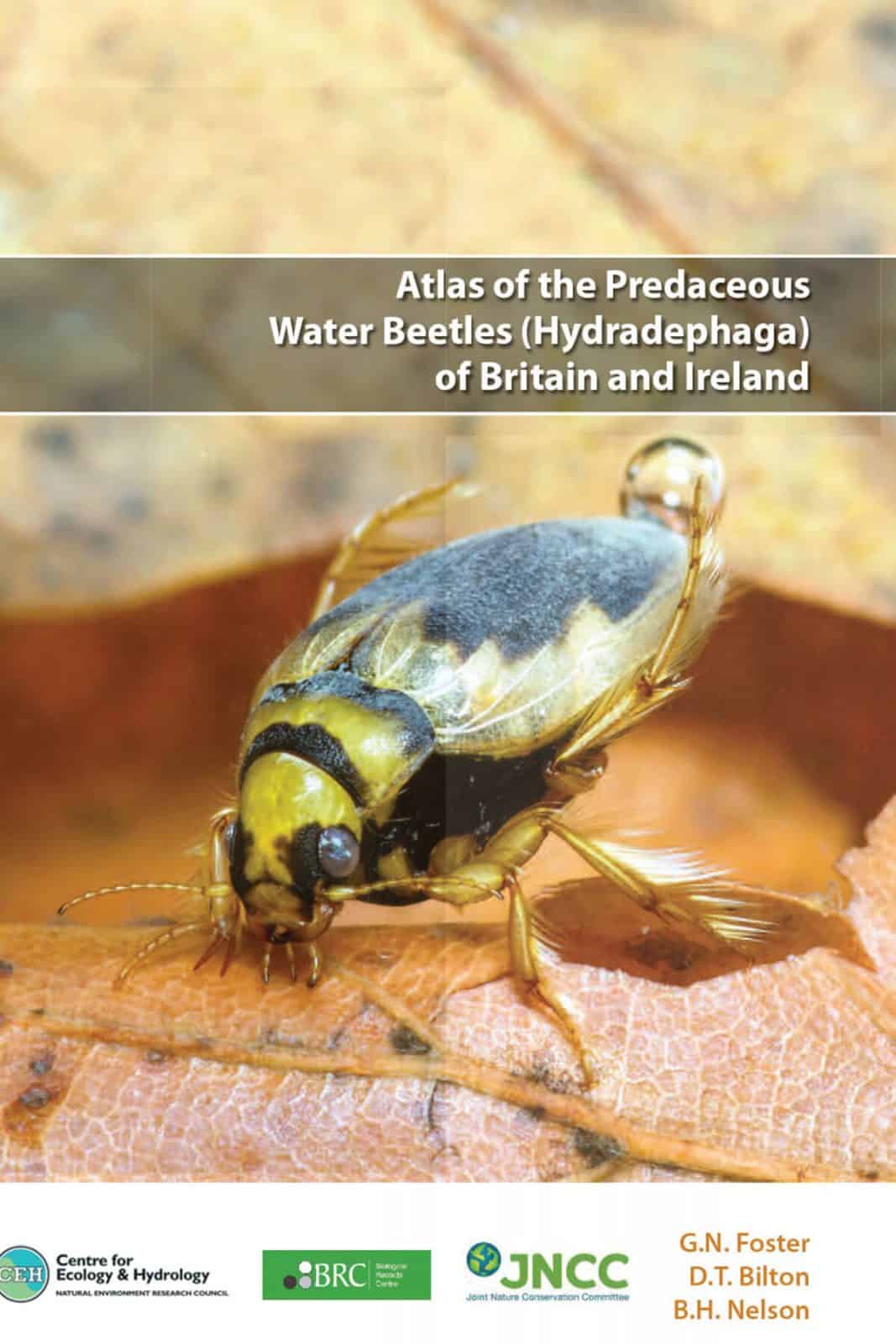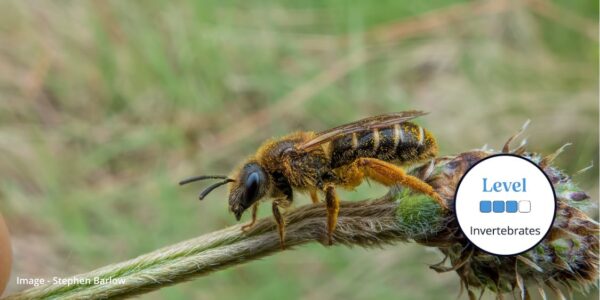Predaceous water beetles atlas
The BRC Predaceous water beetles atlas maps the distribution of the Hydradephaga of Britain and Ireland. This group consists of five families.
- Gyrinidae: the whirligig beetles.
- Haliplidae: the crawling water beetles.
- Paelobiidae: one species of squeak beetle.
- Noteridae: the burrowing water beetle.
- Dytiscidae: the diving beetles.
This atlas covers 154 species of predaceous water beetles. 152 of these species occur in Britain, 113 in Ireland and 72 in the Isle of Man. An additional two species occur in the Channel Isles only. Overall there are around 276,000 individual records in total.
Charles Darwin made some of the earliest records of water beetles when he was active in Cambridgeshire in the 1820s. However it was Professor Frank Balfour-Browne who pioneered British and Irish water beetle recording. He made about 28,000 records between 1891 and 1957, and collated those of others. His work built a solid foundation for the present recording scheme which began in 1979.
The BRC Predaceous water beetles atlas would not have been possible without the efforts of many water beetle enthusiasts. In an age where digital recording is widespread, a hard-copy atlas can still bring added value. It provides a compendium of what is known about the biology of each species, and speculate on what still needs to be done. These questions are not just in terms of gaps in basic recording, but also research focused on explaining the distributions seen on the maps. However these are some of the very questions that motivated Professor Frank Balfour-Browne to start the recording scheme back in 1904.



